Dr. M. Lee Goff, Forensic Entomologist
Originally Appearing in "Hawaii Intrigue" (Abstract 4)
Interviewed by Cathy Lowenberg // Images by Raul Soria Jr.
Dr. M. Lee Goff is a Forensic Entomology Consultant and Professor Emeritus of Forensic Sciences at Chaminade University.
How do you describe or define the work you do?
I’ve taken entomology—study of insects—and applied it to criminal events. Most of what I do involves estimation of time since death, based on insects feeding around the body. Insect activity can also give an idea of whether or not the body has been moved, or if wounds were inflicted at the time of death or after death.
What was your earliest ambition?
Initially, I was into marine biology. I applied for a job at the Bishop Museum. The ad said they were looking for a technician in marine biology and a volunteer in entomology. It was a misprint. They wanted a volunteer in marine biology and had a paying position in entomology. I was desperate and immediately became interested in entomology.
What was the most important event that shaped the path you’ve chosen?
Forensics was a total accident. They had an entomology meeting and a friend of mine was to speak. His flight got canceled, so I went next door and this guy Lamar Meek from Louisiana was giving a paper on a case he’d done. I was fascinated.
What person inspired you the most?
When I first got into this around 1983, the only person who was really doing anything was Bernie Greenberg in Chicago. But Bernie was strictly a lab person; he tended to get sick at the sight of a dead body. Dr. Bill Rodriguez—an anthropologist—and Dr. Wayne Lord of the FBI. We would throw ideas around. Working together we accomplished a lot more than any of us probably would have working alone.
What is your favorite part about the work you’re doing?
I like solving puzzles and I see something positive coming out of what I do.
How did you respond to detractors who said “this can’t be done”?
I politely said, “The hell with you!” The majority of entomology in Hawaiʻi at the time was the study of insects affecting agriculture—it was the study of how to kill them. And I really liked the insects, so I wasn’t that interested in killing them.
What is the most memorable or significant moment to you?
I hadn’t been working too long and a body was found out in ʻEwa. There were people from the medical examiner’s office asking me what to do. I was like, “We’re in trouble if you’re asking me!” It struck me that I had become an integral part of the investigation.
What do you think is most intriguing about Hawaiʻi?
We have a very unique insect fauna here. There are nomads from the continental United States, South America, Asia, and [the] South Pacific. It’s interesting to watch how the predator from South America suddenly meets the prey from Asia. How the roles of the species may reverse.

